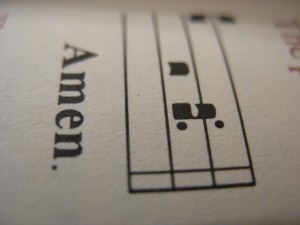The monthly Liturgical Calendar for 2016 has now been posted to the website.
For those wishing to look ahead the draft Calendar Notes for 2017 are available here.
Additions to the Calendar
The following celebrations have been added to the Universal Calendar: 11 October – St John XXIII, 22 October – St John Paul II. Both are Optional Memorials.
Changes to the Cycle of Prayer
The Cycle of Prayer is how the Days of Special Prayer are organised with an encouragement that appropriate prayer and activity takes place within the season.
The Bishops’ Conference has made a number of changes to the Cycle of Prayer which are effective from 2016:
- Education Day to 2nd Sunday in September
- Day for Life to the 3rd Sunday in June.
- Racial Justice Day to 3 Sundays before the 1st Sunday of Lent
Summary of dates 2016
Sundays: Year C
Weekdays: Year II
| 1st Sunday of Advent | Sunday 29 November 2015 |
| Christmas | Friday 25 December 2015 |
| Epiphany of the Lord | Sunday 3 January 2015 |
| Ash Wednesday | Wednesday 10 February |
| Easter Sunday | Sunday 27 March |
| Ascension of the Lord | Sunday 8 May |
| Pentecost | Sunday 15 May |
| Body and Blood of the Lord | Sunday 29 May |
| St Peter & St Paul | Wednesday 29 June |
| The Assumption | Sunday 14 August |
| All Saints | Tuesday 1 November |
| All Souls | Wednesday 2 November |

